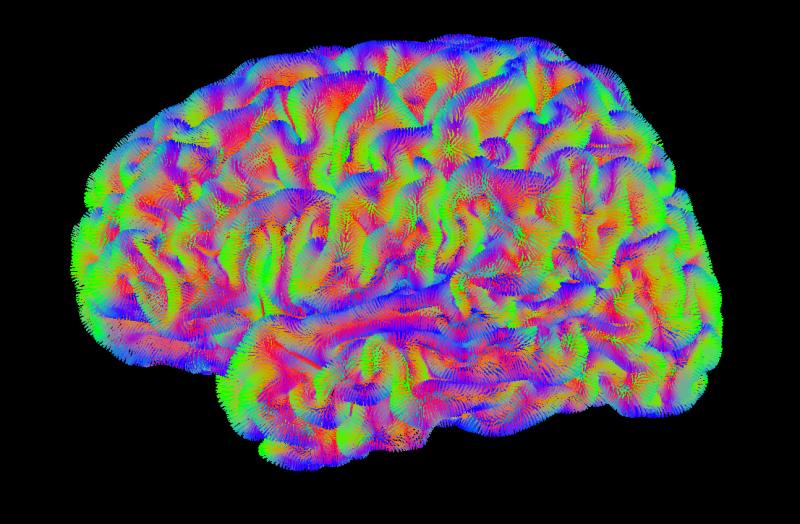
Richard Bedlack, MD, PhD contributed to an original paper in Muscle & Nerve that shared the design and operations of a multicenter, multidrug EA program for amyotrophic lateral sclerosis (ALS) across nine US centers.
Elijah Lackey, MD was first author and Chris Eckstein, MD was lead author on a study published in the Journal of Neuroimmunology that reviewed biomarkers studied for Neurosarcoidosis and proposed biomarkers for future studies. None of the current biomarkers, except possibly soluble IL-2 receptor, are accurate enough for clinical practice.
Brian Mac Grory, MB BCH Bao contributed to a study published in Neurology that discussed predictive modelling to derive an algorithm for large vessel occlusion stroke detection using the Get-With-The-Guidelines-Stroke program. This algorithm can be used to identify large vessel occlusion in other established registries and permit more detailed study of patients with acute stroke.
Karissa Gable, MD was senior author of and Jeff Guptill, MD, Vern Juel, MD and Lisa Hobson-Webb, MD contributed to a study published in the Journal of Neuroimmunology that examined lymphocyte function in 25 CIDP patient samples from the Duke NIMBLE (Neuromuscular IMmunology BiosampLE) biorepository with comparison to hereditary neuropathy and healthy controls. Proinflammatory CD4 T cells, especially type 1 helper T cell (Th1) and CD8 T cells in patients with CIDP were found to have an enhanced capacity to produce inflammatory cytokines. Despite being clinically stable, patients with treated CIDP continued to show evidence of a proinflammatory state with impaired Treg function. This implies inadequate suppression of ongoing inflammation not addressed by standard of care therapies and persistent disease activity while on treatment.
Kathryn Moore, MD contributed to a study published in Movement Disorders on how continuous and physiologically-responsive deep brain stimulation (DBS) was compared in a trial of 8 patients with essential tremor and thalamic DBS. Tremor response was consistent across both settings, but speech intelligibility was maintained in responsive stimulation as compared to continuous stimulation.
Cherylee Chang, MD was first author of an article published in Critical Care Medicine regarding the utilization of Entrustable Professional Activities (EPAs) that are directly observable and measurable clinical skills or activities to determine when an APP has received sufficient onboarding in an ICU to provide care with immediately available supervision.
Birgit Frauscher, MD, PhD was senior author on a study published in the Nature Communications about how Stereo – EEG implantation suffers from limited spatial coverage, leading to potential missampling of the ‘true’ seizure onset zone. The authors develop a framework to evaluate the quality of implantations based on spatial distribution of epileptic spike-gamma activity.